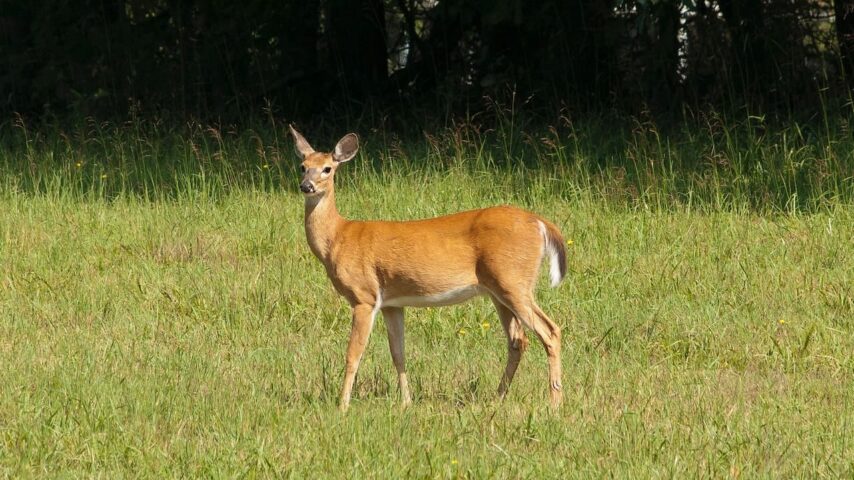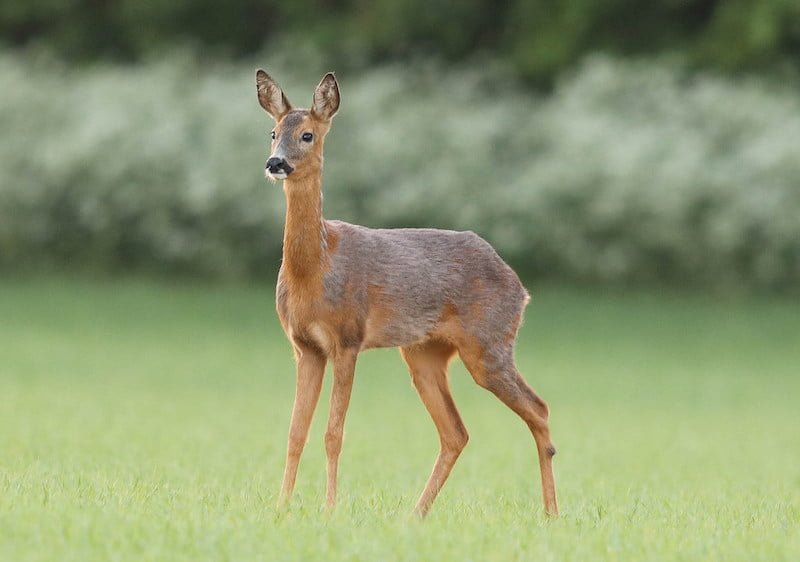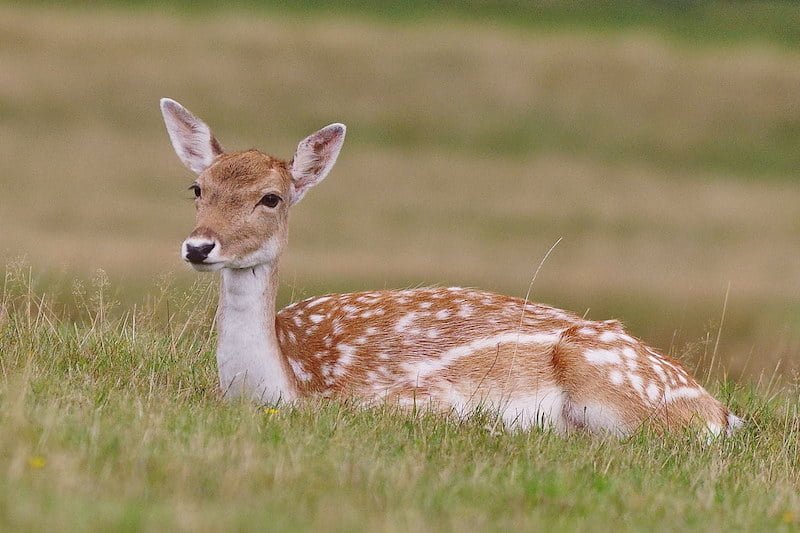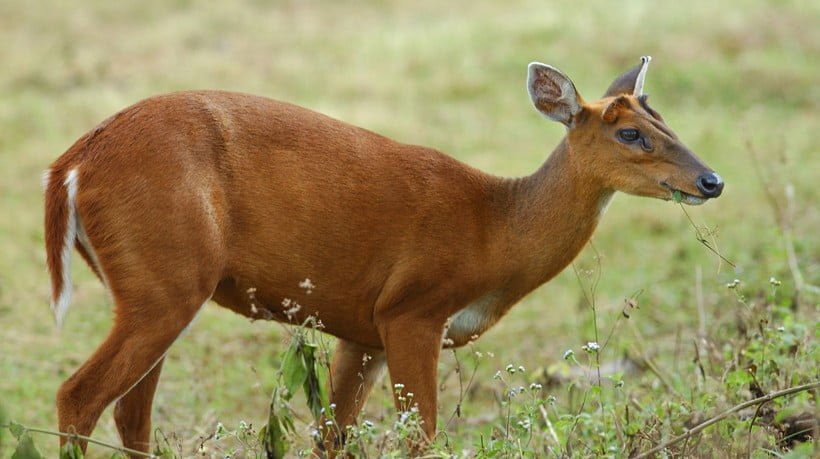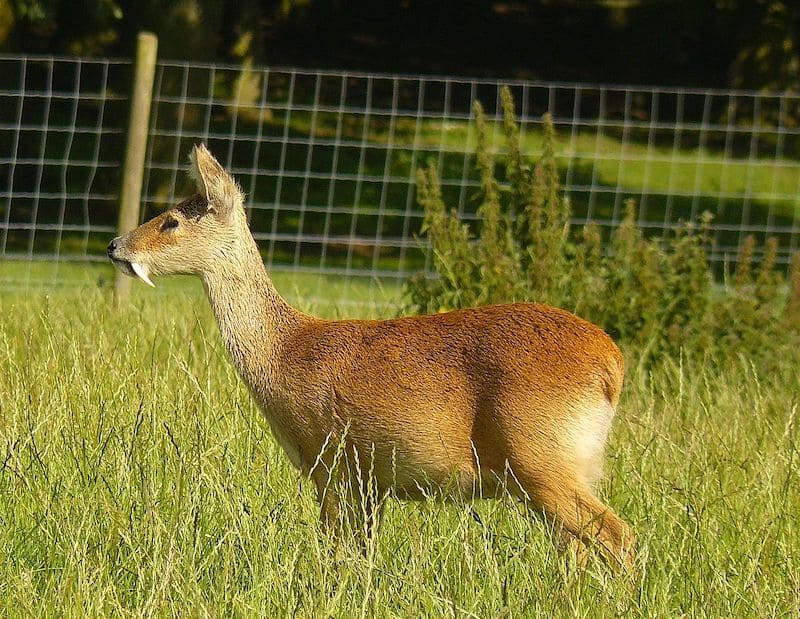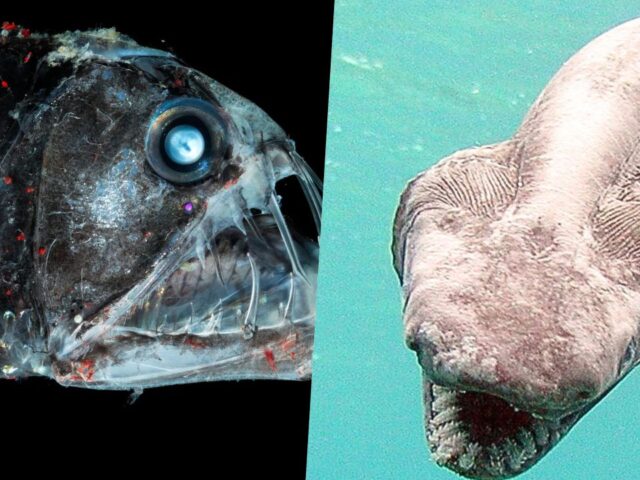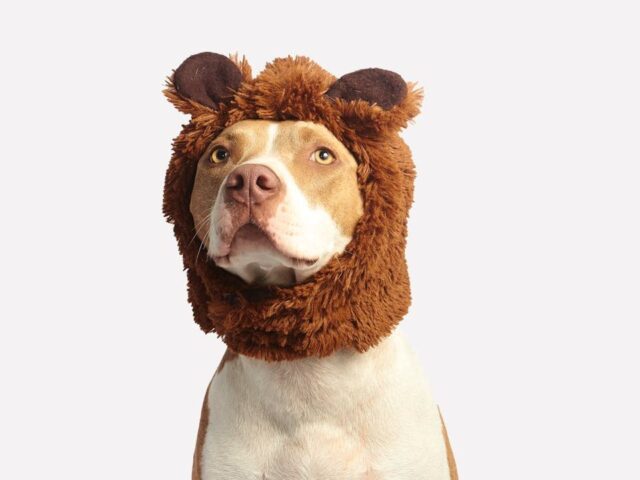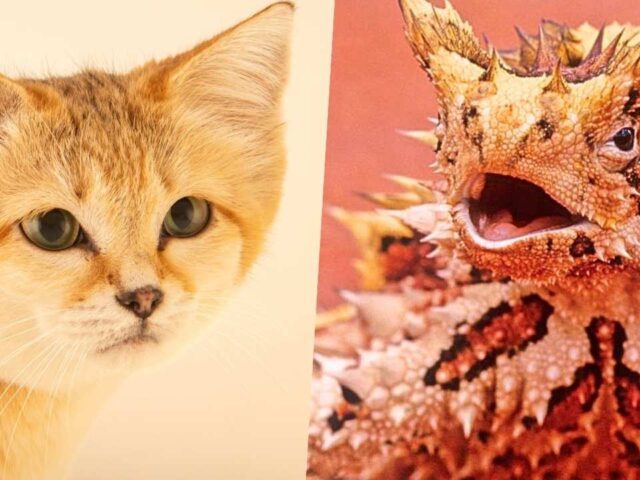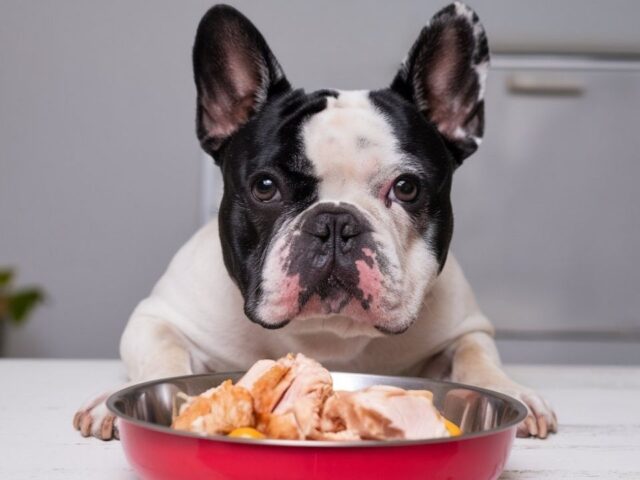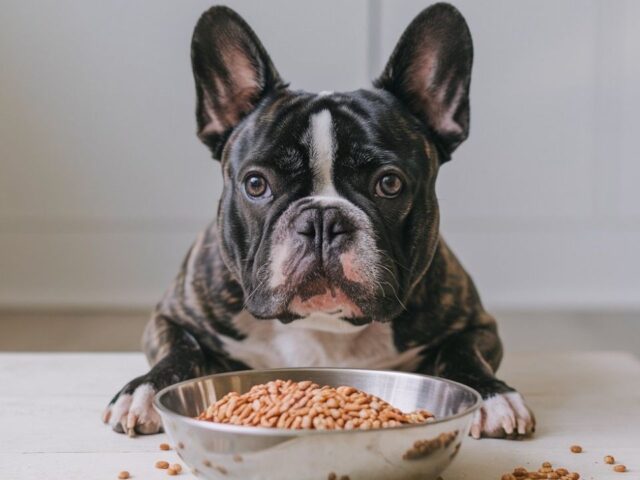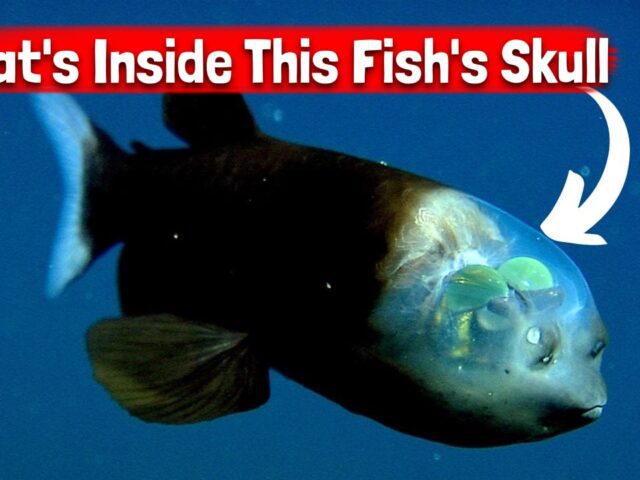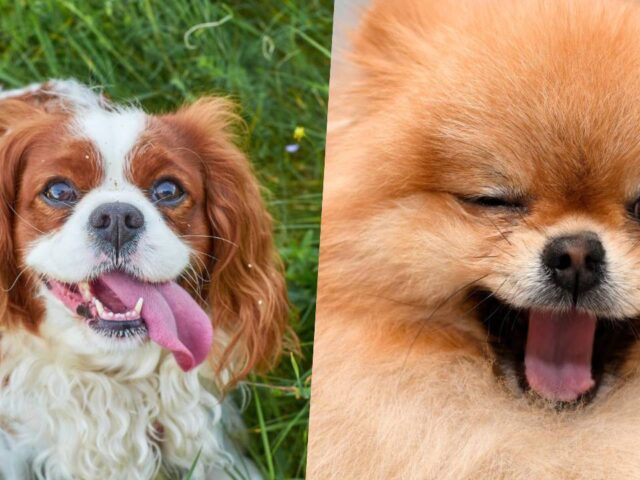Welcome to the fascinating world of wildlife terminology! In this article, we delve into a specific question that often sparks curiosity – “What is a female deer called?”
While many of us are familiar with the term ‘doe’, there’s more to this topic than meets the eye. As we journey through the diverse world of deer species, we’ll uncover the various names used to refer to female deer and the contexts in which they’re used.
Understanding the correct terminology in wildlife is not just about expanding our vocabulary. It’s a crucial aspect of appreciating the rich biodiversity that our planet hosts.
Moreover, using the correct terminology also contributes to raising awareness about wildlife conservation, a cause that is more important today than ever before. So, let’s embark on this educational journey and discover the intriguing world of female deer.
Table of Contents
- 1. What Is A Female Deer Called?
- 2. Differences Between Different Terms
- 2.1 When to Use Doe, Hind, and Cow
- 2.2 Size and Species Considerations for Each Term
- 2.3 Special Cases for Using Cow
- 3. Species-Specific Names and Characteristics
- 3.1 Roe Deer
- 3.2 Fallow Deer
- 3.3 Muntjac
- 3.4 Chinese Water Deer
- 3.5 Sika Deer
- 3.6 Elk
- 3.7 Moose
- 3.8 Caribou Deer
- 4. Identifying Female Deer
- 4.1 Quick Ways to Recognize a Female Deer
- 4.2 Differences Between Male and Female Deer
- 4.3 Importance of Recognising Gender in Hunting Laws
- 5. Plural Form of Doe
- 6. Conclusion
- 7. Frequently Asked Questions on What Is A Female Deer Called?
What Is A Female Deer Called?
Let’s start with the most common term for a female deer – a ‘doe’. According to dictionary.com, a doe is defined as “the female of the deer, antelope, goat, rabbit, and certain other animals.”
This term is widely recognized and used across the globe. It’s a simple, one-syllable word that rolls off the tongue and instantly brings to mind the image of a graceful, female deer.
Other Terms for a Female Deer: Hind, Cow, Ewe and Queen
While ‘doe’ is the most commonly used term, there are other names for female deer that are used in specific contexts or regions.
- Hind: The term ‘hind’ is often used to refer to a female deer, particularly for certain species like the red deer and sika. It’s an old term with roots in Germanic and Dutch languages, and it’s typically used for female deer that are not fawns.
- Cow: The term ‘cow’, while more commonly associated with domestic cattle, is also used to refer to large species of female deer. It can also denote a pregnant female deer of any species.
- Ewe: It is a name commonly used for female sheep, but it is also used for female deer in some regions. This term is typically used for mule deer and black-tailed deer in the western United States.
- Queen: The term queen is not commonly used to refer to female deer, but it is used for female red deer in Scotland. Queens are mature females that are typically at least six years old and have raised several fawns.
It’s important to note that these terms are not interchangeable and are used based on the species, size, and sometimes the reproductive status of the deer.
Differences Between Different Terms
When to Use Doe, Hind, and Cow
While ‘doe’, ‘hind’, and ‘cow’ all refer to female deer, their usage depends on certain factors.
- A ‘doe’ is generally used to refer to an adult female deer of medium or smaller size species.
- The term ‘hind’, on the other hand, is typically used for certain species of female deer, like the red deer and sika, especially when they are two to three years old.
- The term ‘cow’ is used for larger species of deer and can also refer to pregnant females of any species.
Size and Species Considerations for Each Term
The size and species of the deer play a significant role in determining whether to use ‘doe’, ‘hind’, or ‘cow’.
- ‘Doe’ is usually used for medium-sized or smaller species of deer.
- ‘Hind’ is used for certain species, while ‘cow’ is used for larger species. It’s important to note that these terms are not interchangeable and should be used appropriately based on the deer’s species and size.
Special Cases for Using Cow
The term ‘cow’ has some special cases in its usage. In hunting communities, a heavily pregnant female deer is often referred to as a ‘cow’.
Additionally, if the female deer is very large and the species is unknown, or if it’s uncertain whether she’s a mother, the term ‘cow’ can be used.
This term, while not as commonly used as ‘doe’ or ‘hind’, is still an important part of the vocabulary when discussing female deer.
Species-Specific Names and Characteristics
Roe Deer
The Roe Deer is a species commonly found across the globe, particularly in Scotland and Australia. Female Roe Deer, often referred to as ‘does’, are known for usually giving birth to twins. They are easily recognisable by their short tails and the absence of antlers, a common characteristic of female deer.
Fallow Deer
Fallow Deer are medium-sized deer prevalent in England, Wales, Scotland, and Northern Ireland. Female Fallow Deer, also known as ‘does’, can weigh up to 100 pounds and stand three feet tall at the shoulders. They are a common sight in parks across East Asia and Europe.
Muntjac
The Muntjac is the oldest known type of deer, primarily found in South East Asia before being introduced to England in the early 20th century. Female Muntjacs, like other deer, do not have antlers but instead have tufts of hair. Interestingly, both male and female Muntjacs have tusks protruding from their upper teeth.
Chinese Water Deer
In the case of the Chinese Water Deer, both males and females have tusks or fangs instead of antlers. A female’s tusks are usually between 0.5 and 1 cm long, thinner than those of a male.
Sika Deer
The Sika Deer, also known as the Spotted Deer or Japanese Deer, is a forest-dwelling species native to Japan and other East Asian countries like Taiwan and China. Female Sika Deer, referred to as ‘hinds’, can weigh up to 100 pounds.
Elk
The North American Elk is one of the largest types of deer in the world. A female Elk, often called a ‘cow’, can grow to be 4 feet tall at the shoulder and weigh up to 600 pounds. They are easily distinguishable by their shorter manes compared to adult male Elks.
Moose
The Moose is the largest and tallest type of deer. Female Moose, also known as ‘cows’, can weigh between 500 to 800 pounds, and their height from hoof to shoulder can reach five to six and a half feet.
Caribou Deer
The Caribou is unique as it’s the only type of deer in which both males and females have antlers. Predominantly found in the northern parts of North America, Caribou are known as ‘reindeer’ in other parts of the world. The antlers on female Caribou, or ‘cows’, usually grow in a straight line instead of branching out or curling up.
Identifying Female Deer
Quick Ways to Recognize a Female Deer
Recognising a female deer, or a doe, can be quite straightforward once you know what to look for. Here are a few quick ways:
- Antlers: Most female deer do not have antlers. If you spot a deer without antlers, it’s likely a doe.
- Size: Female deer are generally smaller than males. If the deer is smaller and more delicately built, it’s probably a doe.
- Behavior: Does are often seen with fawns, especially during the spring and summer months when fawns are young.
Differences Between Male and Female Deer
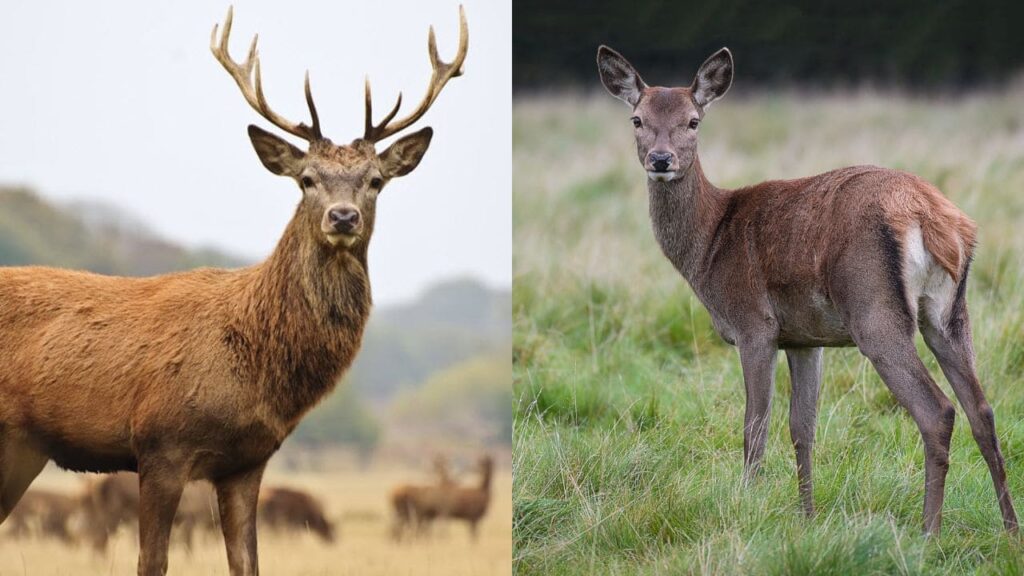
While there are many similarities between male and female deer, there are also some key differences:
- Antlers: As mentioned earlier, most female deer do not have antlers, while male deer do.
- Size: Male deer, or bucks, are generally larger and have more muscular bodies compared to does.
- Behavior: Bucks are more solitary, while does are often seen in groups, especially with their fawns.
Importance of Recognising Gender in Hunting Laws
Recognising the gender of a deer is not just about understanding wildlife; it’s also crucial for legal and ethical hunting. Many regions have specific hunting laws that differentiate between bucks and does.
For instance, some areas may have restrictions on hunting does, especially during the breeding season or when they are raising fawns. Therefore, being able to correctly identify a doe is an essential skill for any responsible hunter.
Plural Form of Doe
When it comes to the plural form of ‘doe’, there’s a clear consensus: the correct term is ‘does’. This was confirmed in a discussion on the Archery Talk Forum, where the majority of participants agreed that ‘does’ is the appropriate term to use when referring to multiple female deer. So, if you spot a group of female deer in the wild, you can correctly say, “Look at those does!”.
Conclusion
In conclusion, understanding the correct terminology when referring to female deer is not just about being grammatically correct. It’s about appreciating the diversity of wildlife, communicating effectively about different species, and respecting the creatures we share our planet with. Whether it’s a ‘doe’, a ‘hind’, or a ‘cow’, each term has its place and significance in the rich tapestry of wildlife language.
We hope this article has sparked your curiosity and deepened your understanding of female deer and their various names. But don’t stop here! There’s a whole world of wildlife terminology waiting to be explored.
Frequently Asked Questions on What Is A Female Deer Called?
A female deer can be referred to as either a ‘doe’ or a ‘hind’, depending on the species and region. ‘Doe’ is a general term used for female deer, especially for medium or smaller-sized species. ‘Hind’, on the other hand, is typically used for certain species like the red deer and sika.
The plural form of ‘doe’ is ‘does’. So, if you see multiple female deer, you would say, “Look at those does!”
Yes, the term ‘cow’ can be used to refer to female deer, especially for larger species. It can also denote a pregnant female deer of any species.
Most female deer do not have antlers. However, there are exceptions. For instance, female caribou, also known as reindeer, do have antlers.
Knowing the correct terminology for female deer is important for accurate communication, especially in contexts like wildlife research, hunting, and conservation. It also helps in understanding and appreciating the diversity of deer species.
Read More About Deer:

